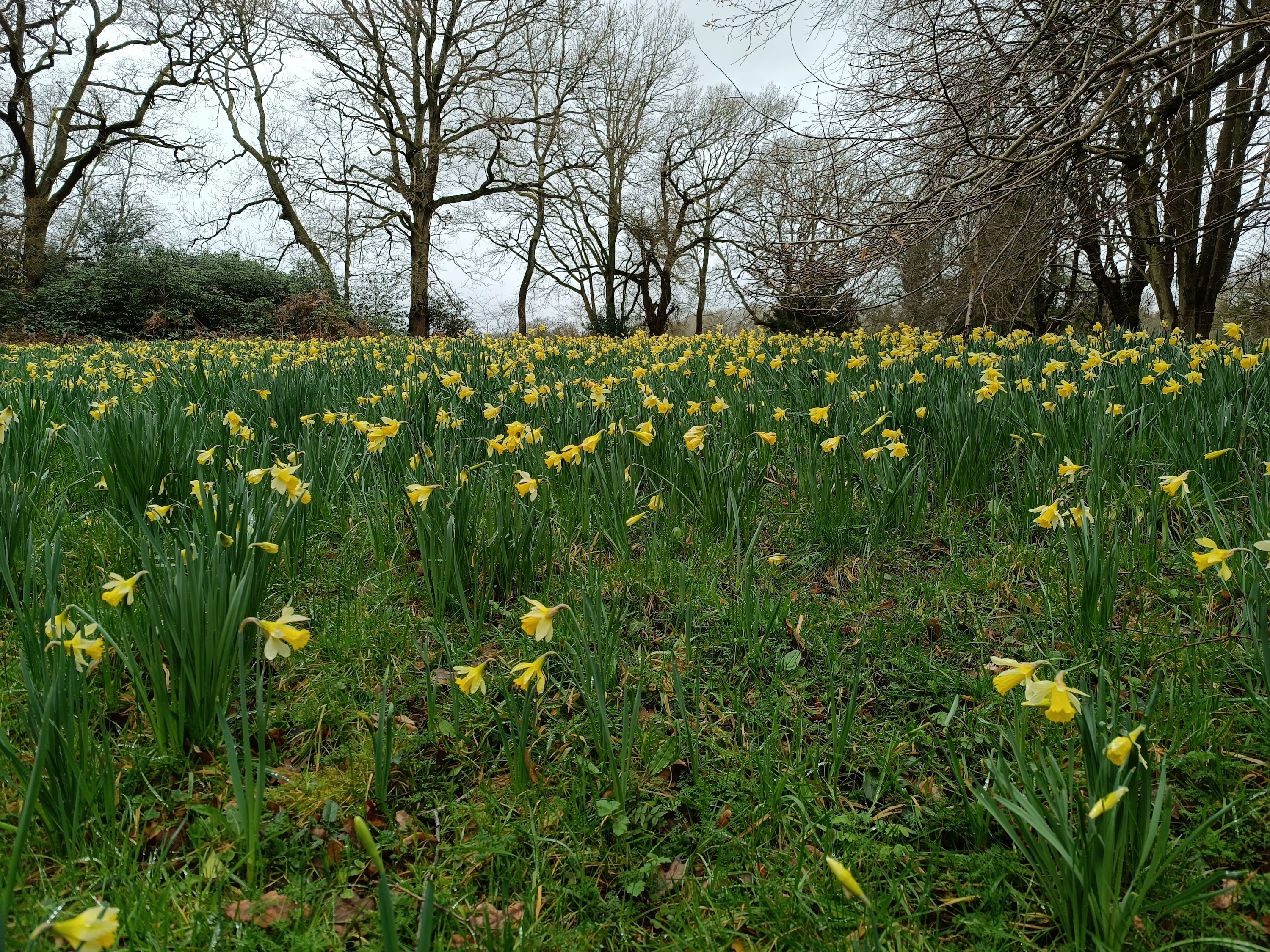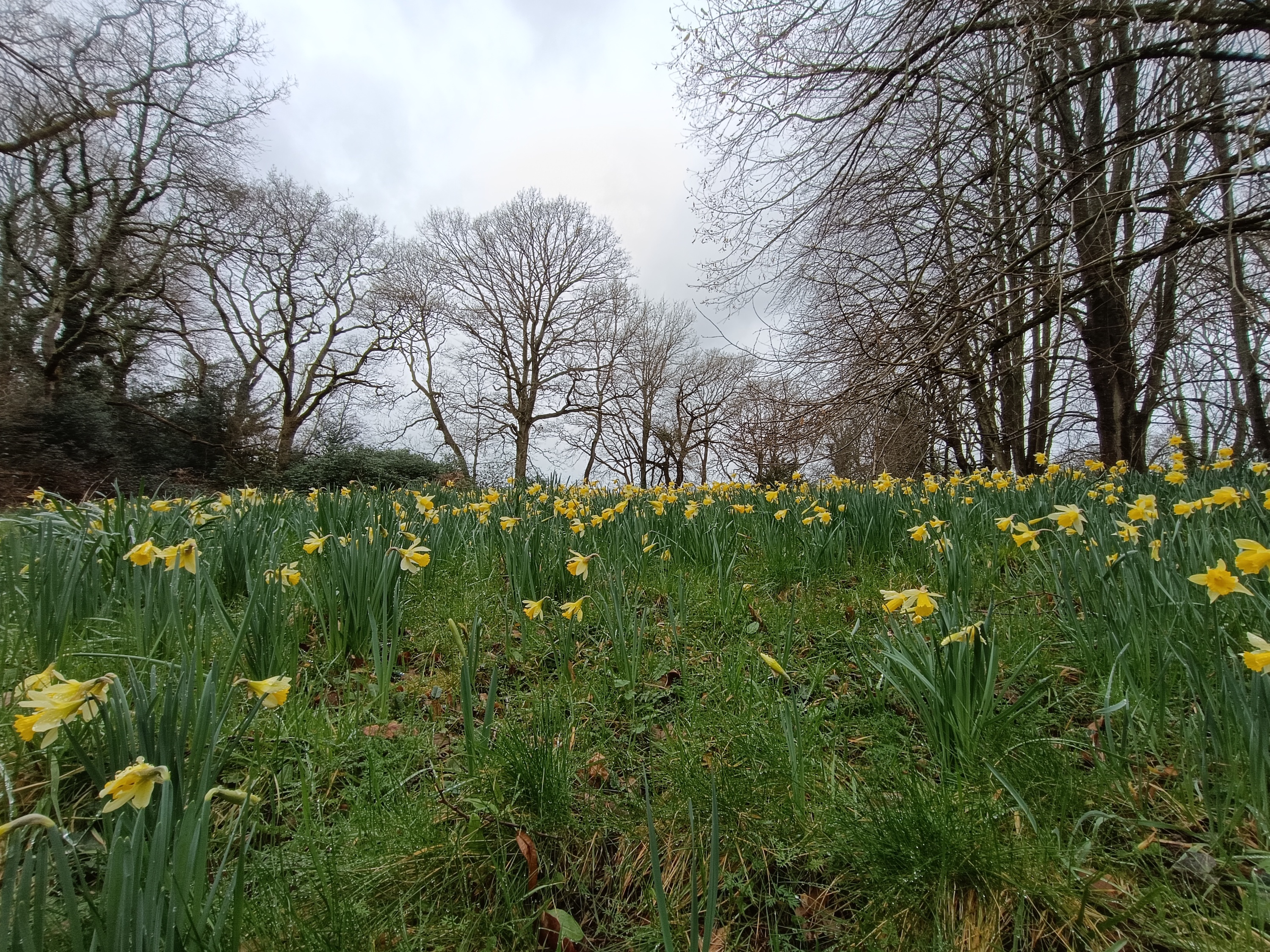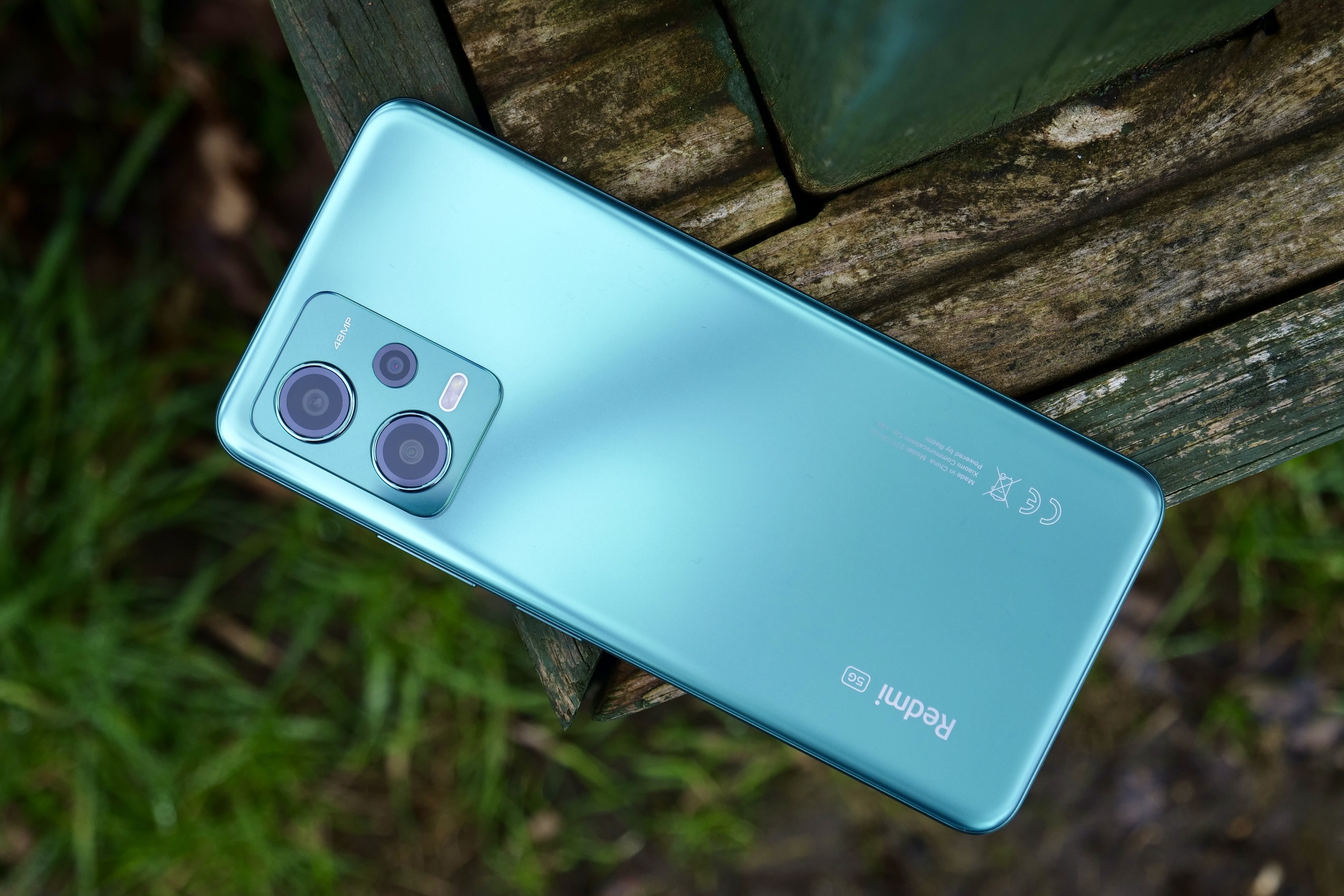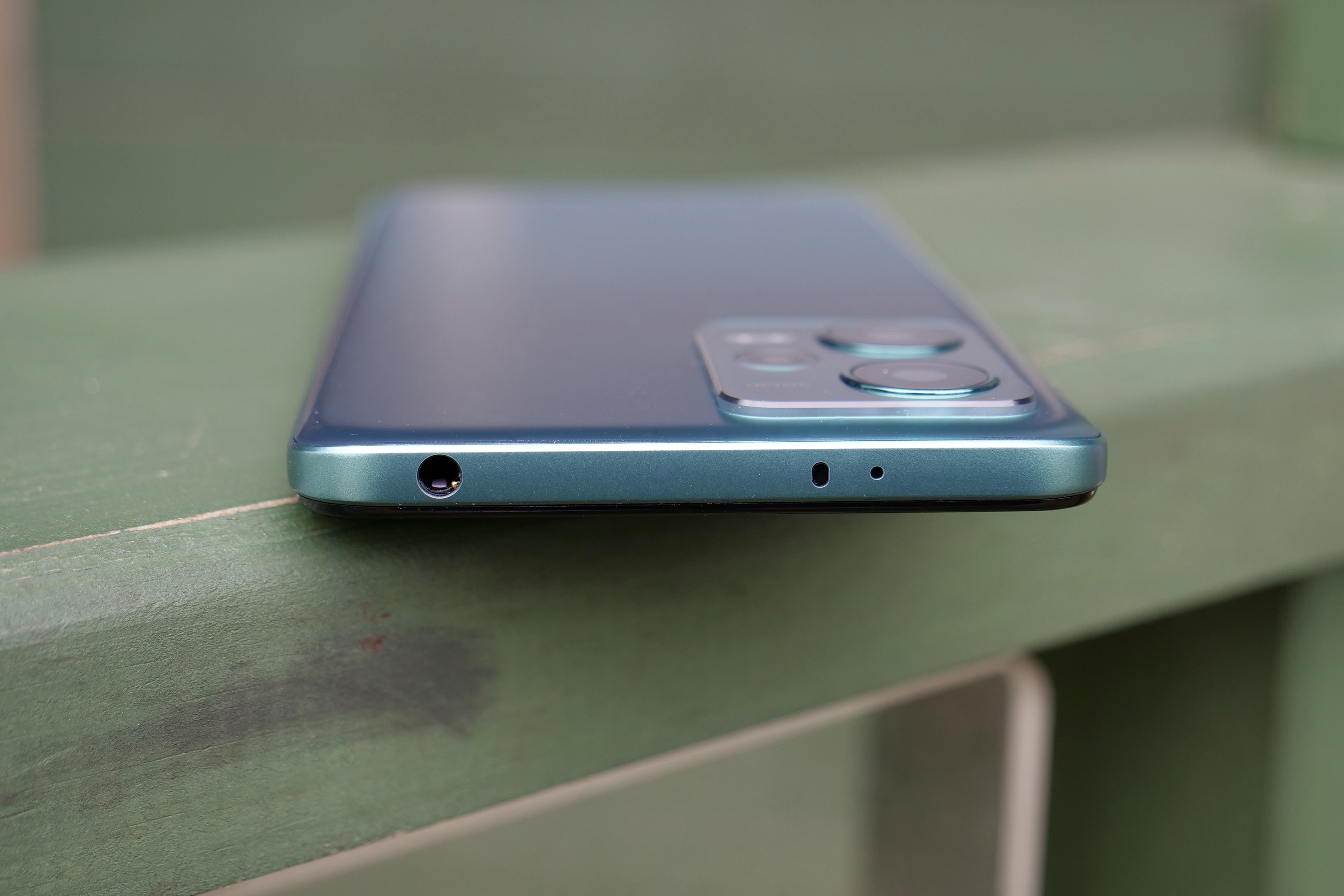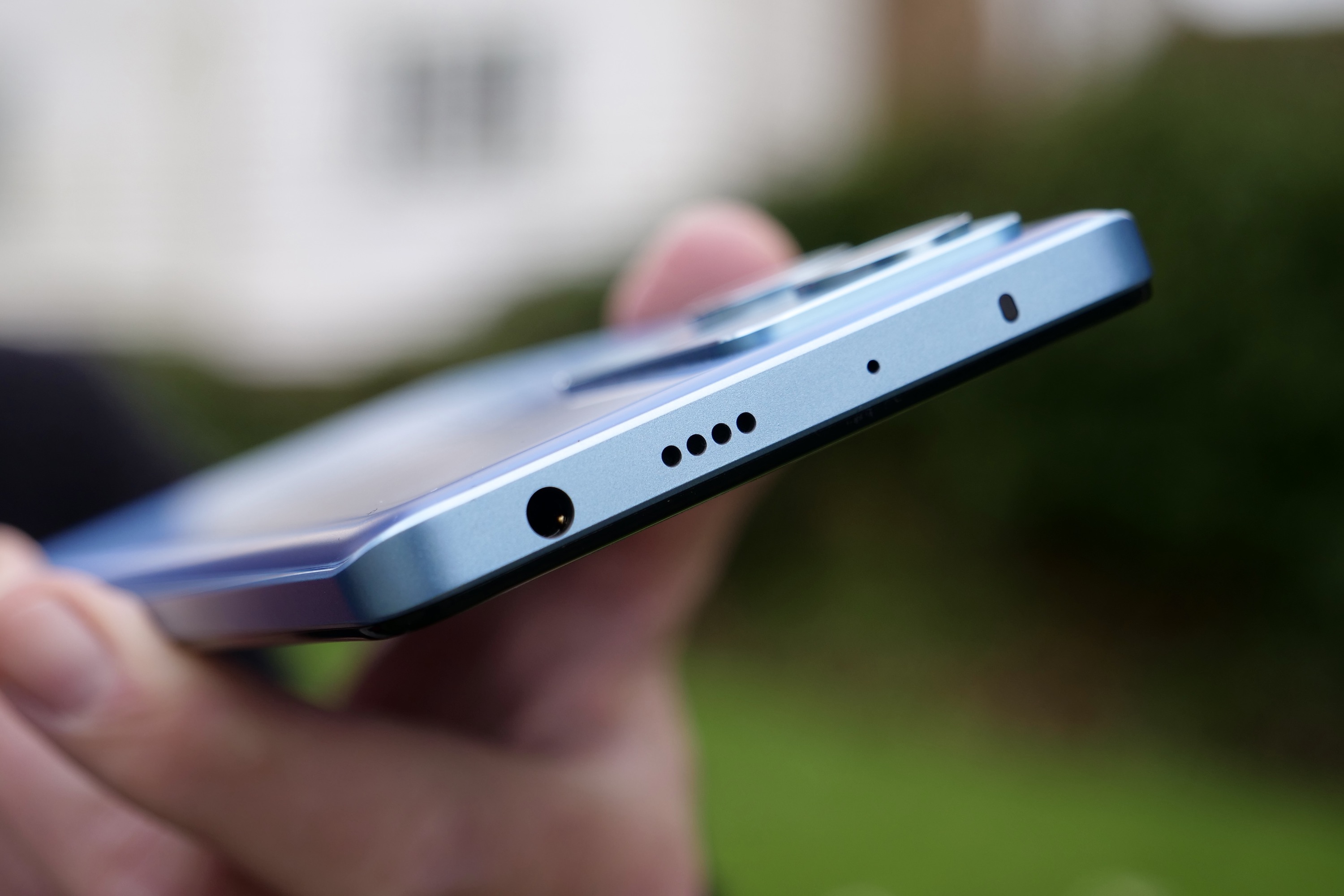Before it has really begun in earnest, the time of 200-megapixel cameras only being found on top-of-the-range smartphones has ended.
Proof of that is the Xiaomi Redmi Note 12 Pro+, which has a 200MP Samsung ISOCELL HPX sensor inside its camera module. On paper, it could challenge phones like the Samsung Galaxy S23 Ultra. We’ve taken an early look at the Note 12 Pro+ to see if there’s more to it than just the camera.
Camera clarification

Not all 200MP cameras are the same. The Redmi Note 12 Pro+ has the ISOCELL HPX sensor, but the Galaxy S23 Ultra uses Samsung’s newer ISOCELL HP2 sensor, while the older Moto Edge 30 Ultra and Xiaomi 12T Pro used Samsung’s first ISOCELL HP1 sensor. All have 200MP, but there are many feature and specification differences between them. That’s a story for another day, so for now, let’s talk about the photos the Redmi Note 12 Pro+ takes.
Joining the 200MP camera is an 8-megapixel wide-angle camera, which is predictably mediocre, and an entirely superfluous 2MP macro camera. The Note 12 Pro+’s camera is all about the main 200MP camera, so it better be good. I’ve only taken a handful of photos with it so far, and provided you stick to the main camera, it appears to be decent. There is a 2x option in the camera app, but this is a digital zoom and of poor quality.
It doesn’t focus well if you get too close, a problem seen with other 200MP cameras, but there’s plenty of detail, a pleasing tone, and realistic colors when the AI shooting mode is switched off. You can take photos at the maximum 200MP, just like with the Galaxy S23 Ultra. Plus, there’s a 50MP mode, but video maxes out at 4K resolution rather than 8K. The Redmi Note 12 Pro+’s camera does have optical image stabilization (OIS), plus various shooting modes, including a night mode.
You can see some example photos from the Redmi Note 12 Pro+’s main camera in the gallery, and all were shot in auto mode at the standard 12.5MP quality. Once sunnier days arrive, we’ll give the 200MP camera a more in-depth workout, but it’s looking good for now, provided you ignore the rest of the cameras, which aren’t of much use to anyone serious about taking photos with their phone.
Hold the phone

The Redmi Note 12 Pro+ we’ve tried is in the Iceberg Blue color, which is highly reflective and shifts between blue and silver in different lighting conditions. It looks great, but if you want something more anonymous, it also comes in black or white. The back of the phone has a pleasing texture and feels like glass, and the flat-sided metal chassis provides plenty of grip. It’s a thick phone at 8.9mm, though, and it’s heavy at 209 grams. The size is emphasized by the flat screen, which will anger as many people as it pleases.
Flatness aside, the AMOLED screen has a welcome 120Hz refresh rate, which switches between 30Hz, 60Hz, and 90Hz depending on the situation to manage battery life. The 20:9 aspect ratio feels wide, and the 6.67-inch size also stretches your hand. This is not really the one for you if you’re interested in a compact phone.

Power is provided by a MediaTek 1080 processor with 5G and 256GB of internal storage space, plus a choice between 8GB or 12GB of RAM. The 4,980mAh battery should return two days of use before needing a recharge, and thanks to the 120-watt HyperCharge fast charger, it takes just 20 minutes to go from zero to 100%.
What else? The Redmi Note 12 Pro+ also has a side-mounted fingerprint sensor and a 3.5mm headphone jack, a 16MP selfie camera, and Android 13 software with Xiaomi’s MIUI 14 interface over the top. We’ve recently used MIUI 14 on the Xiaomi 13 Pro, and you should check that review to understand what it’s like. The software update commitment stretches to two years of general updates and four years of security updates.
What about the Redmi Note 12?
There are two other smartphones in the Redmi Note 12 family: the standard Note 12 and the Note 12 Pro. You can see the Redmi Note 12 in the gallery above, in the beautiful Frosted Green color. It also comes in Mystique Blue and Matte Black. It has a 6.67-inch Super AMOLED screen, a 13MP main camera, and a Qualcomm Snapdragon 4 Gen 1 processor. Take a look at the top of the phone, and you’ll spot a 3.5mm headphone jack.
The Redmi Note 12 Pro has a 6.67-inch AMOLED screen with a 120Hz refresh rate, also uses a MediaTek Dimensity 1080 processor, and has a 5,000mAh battery. It’s a Sony 50MP main camera, which is joined by an 8MP wide-angle camera and a 2MP macro camera, plus there’s a 16MP selfie camera too. The Note 12 Pro comes in Frosted Blue, Onyx Black, and a sparkly Stardust Purple color.
Price and availability
Xiaomi will release the Redmi Note 12 Pro+ and the Redmi Note 12 Pro in the U.K. and Europe, but neither phone will be officially sold in the U.S.. The 8GB/256GB Redmi Note 12 Pro+, the focus of this story, will cost 449 British pounds, or around $553, while the 6GB/128GB Redmi Note 12 Pro is a little cheaper at 339 pounds, or around $417. The cheapest model is the 4GB/128GB Redmi Note 12, which costs 219 pounds, plus there is a 6GB/128GB version for 279 pounds.
The Note 12 and Note 12 Pro+ will be available from March 24 from Xiaomi’s own stores, and retailers including Argos and Very, and the Note 12 Pro’s availability will follow soon.
The competitive price, which although more expensive than we hoped seeing as they are cheaper in India, makes the Redmi Note 12 Pro+ a worthy alternative to the similarly priced Samsung Galaxy A54, along with the Google Pixel 6a and the Nothing Phone 1. If you’re really keen to get a 200MP camera on your phone, Xiaomi has given you the most cost effective way of doing so.
